Tooth Whitening
Smile Gallery
prev next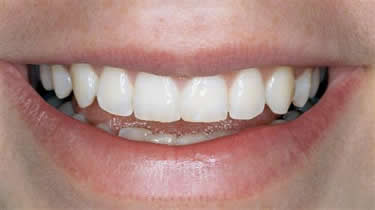
After
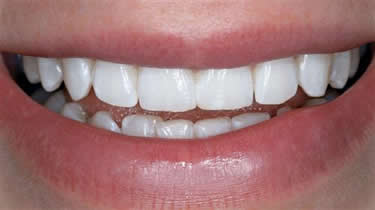
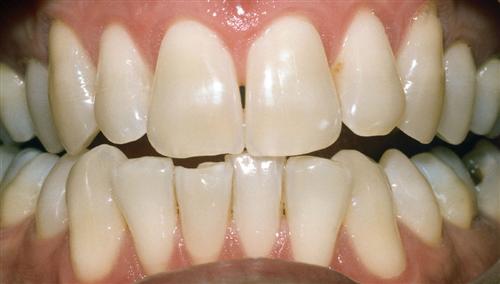
After
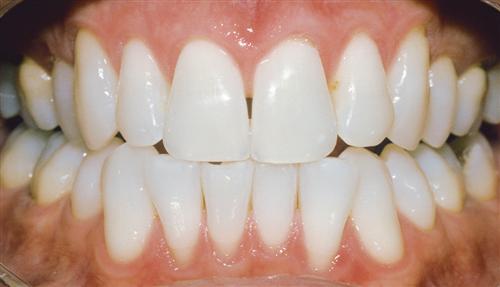
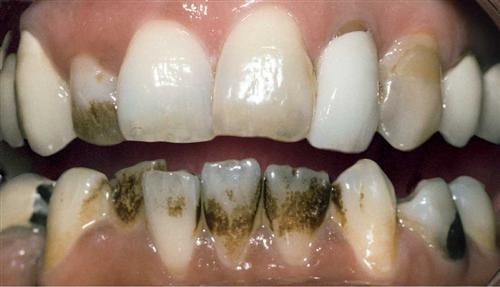
After
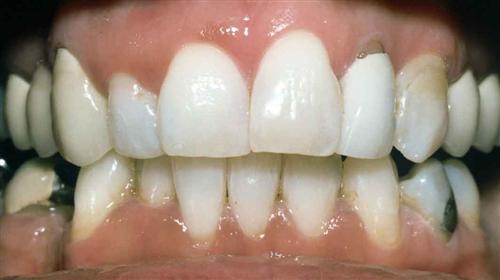
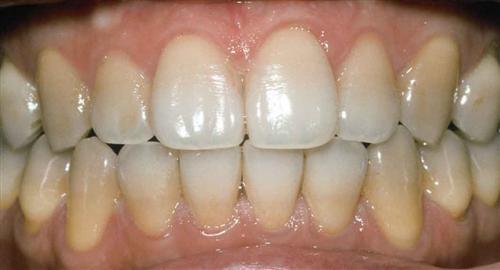
After
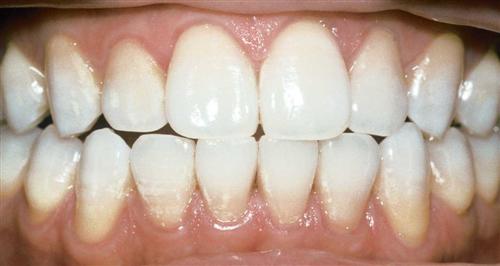
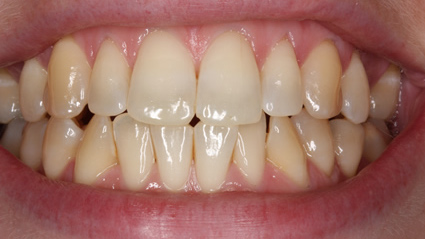
After
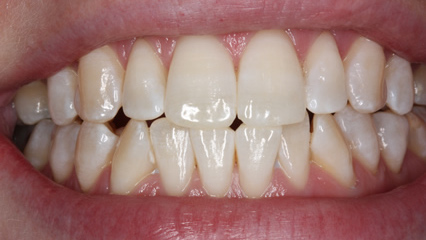
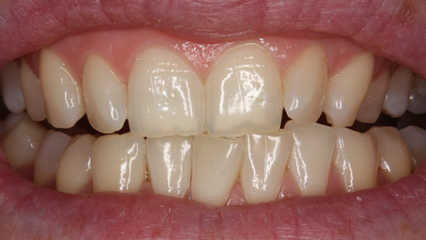
After
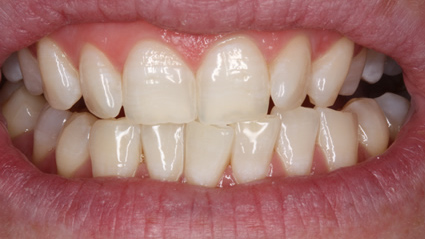
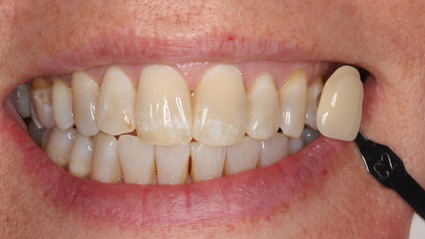
After
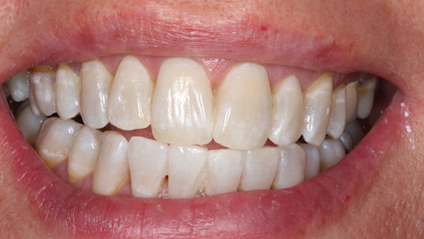
Whitening or bleaching the teeth to achieve a whiter smile is the most popular cosmetic dental procedure performed today. Over the years, you've experienced a natural buildup of organic pigments on your teeth. Colorized proteins from coffees, teas, and other foods have darkened the natural whiteness of your teeth. The use of tobacco, antibiotics, and certain minerals usually speeds the darkening process.
Whitening is gentle and safe when supervised by your dentist. In fact, dentist-supervised whitening has been done for nearly a century, but has increased in popularity in recent years as yellowed teeth are becoming less and less acceptable, both socially and professionally. There are many different kinds of whitening, the two most common are bleaching trays and in office bleaching. The first step regardless of which method chosen, is for the dentist to check your teeth and gums to make sure that you are a good candidate for this procedure and begin treatment in good dental health.
With bleaching trays you will see results usually within two-three days of starting the whitening process. The complete process normally takes 2 weeks, but treatment times will vary depending on the sources, type and depth of discoloration. The dentist will take an impression of your teeth in order to provide you with a custom-fit plastic tray designed to hold the bleaching gel next to your teeth. Some patients might feel an increased sensitivity to cold foods during the whitening process, but this sensitivity ends two-three days after treatment is completed.
With in office bleaching you will see results immediately and the process is completed in one appointment. The dentist applies a gel to your teeth that is then light activated. This process is repeated as needed to get the desired shading. No follow-up visits are necessary.
The whitening process will not affect your enamel, tooth structure, bonding or restorations. Whitening acts only on the molecules that carry the discoloration. Non-smokers who don't drink coffee or tea often see little or no change over 5 years. But your own long-term results will depend on your habits and the specific foods you eat. Based on those variables, some patients may require a "touch up" treatment at regular intervals.
What is the difference between dentist-supervised and the over-the-counter bleaching trays treatments?
There are many differences, starting with the fact that your teeth and your own dental situation are absolutely unique. Which is why the safety of your treatment requires a dentist's evaluation and supervision. You'll also find that custom trays designed by a dentist will fit better and will expel far less bleaching gel than the unsupervised, over-the-counter, one-size-fits-all treatment alternatives.
If you want to obtain a more confident smile by improving the whiteness of your teeth, talk to us. Our office is well experienced in tooth whitening treatments, and we'll be happy to answer any questions you may have

